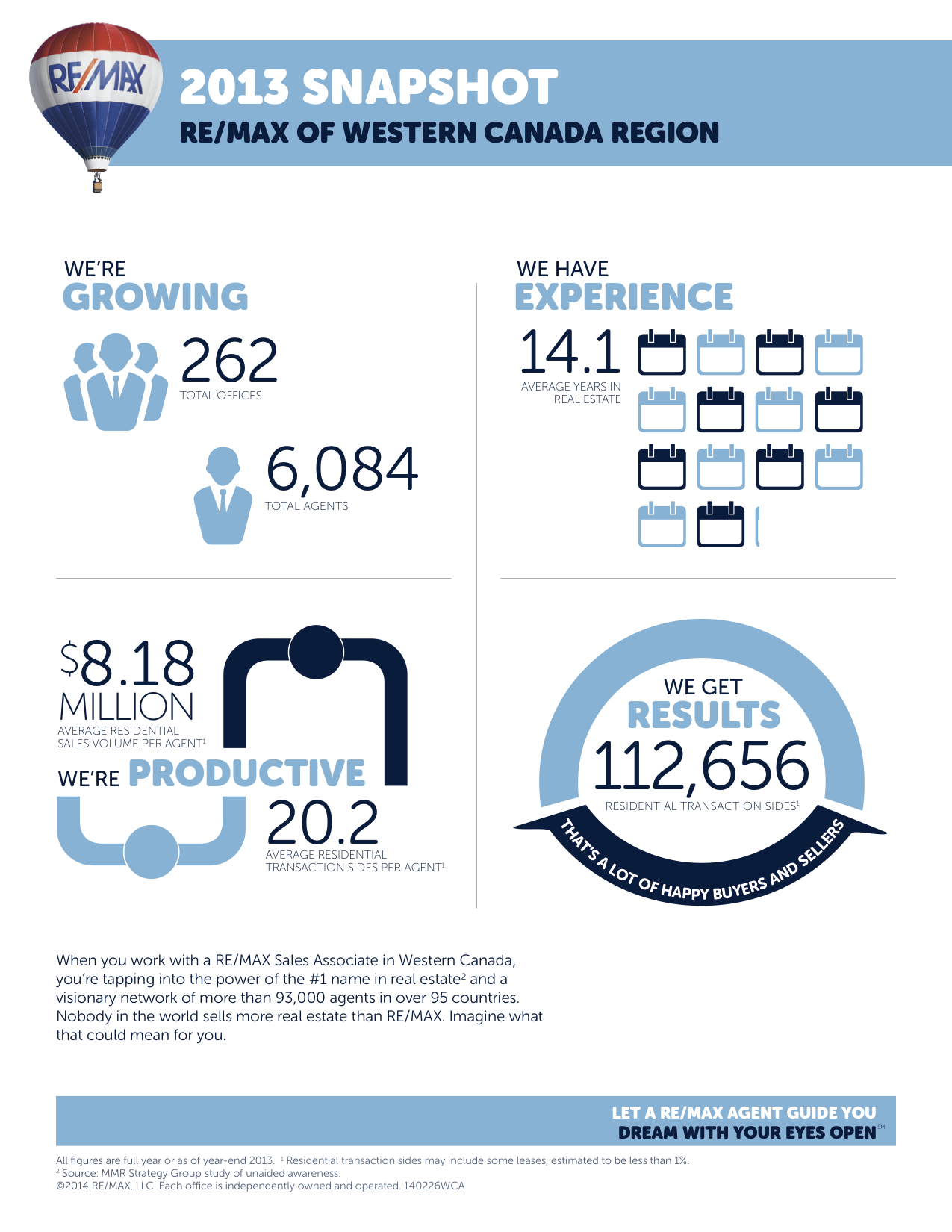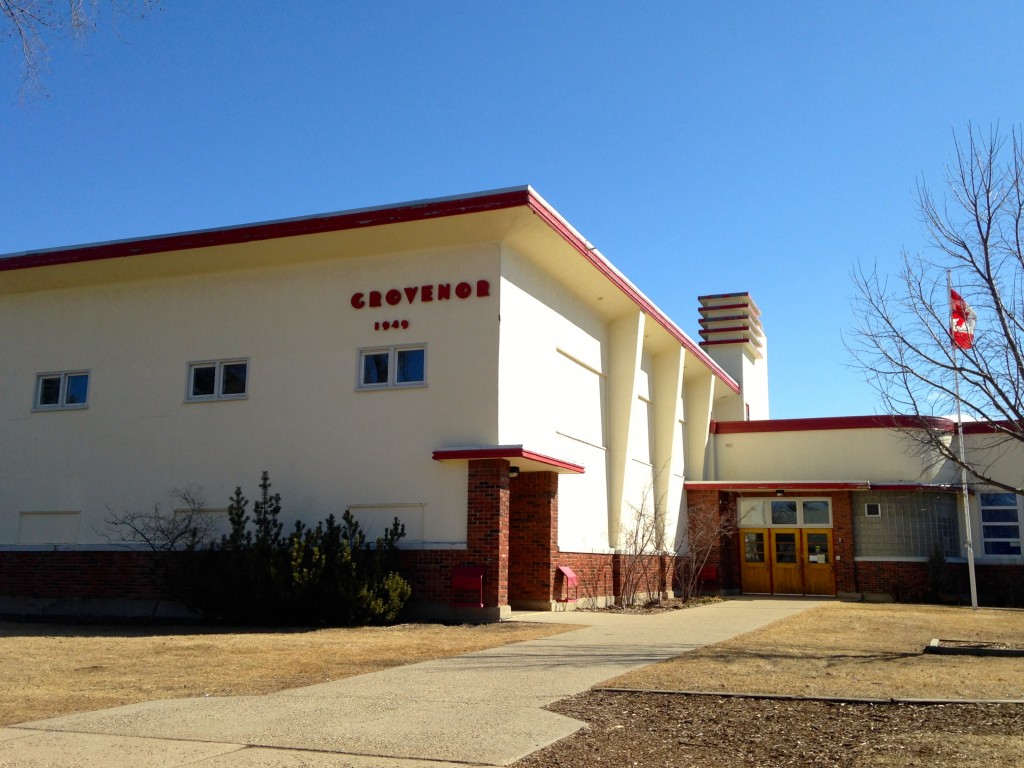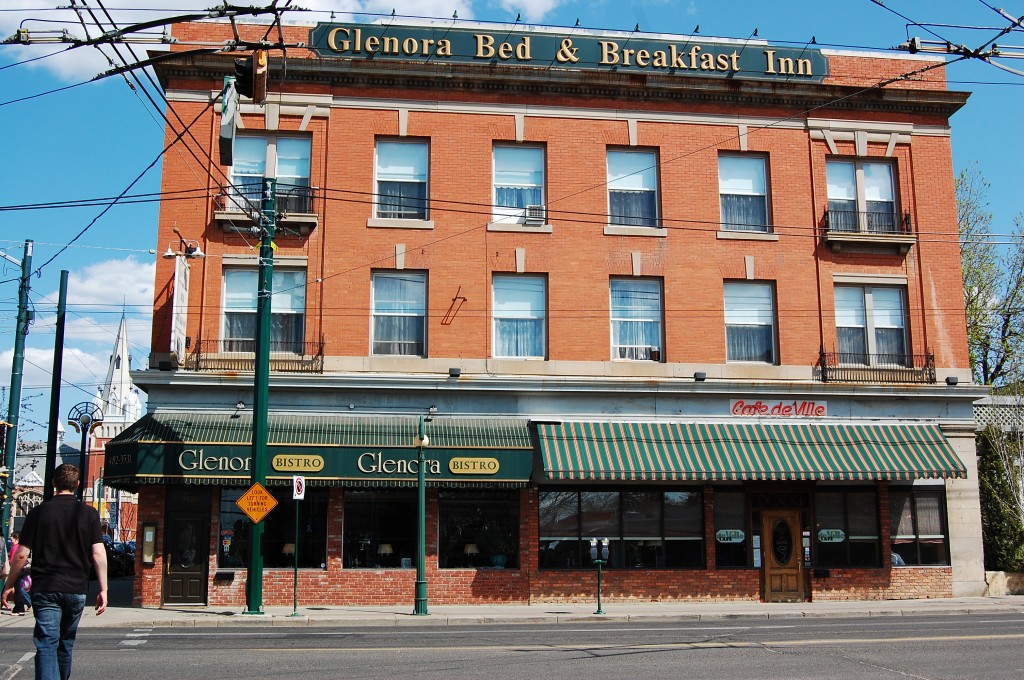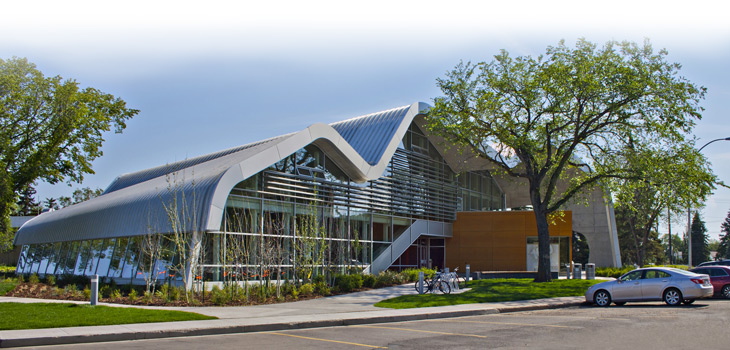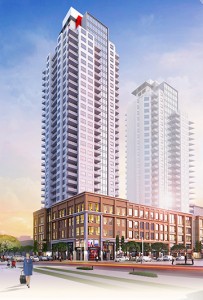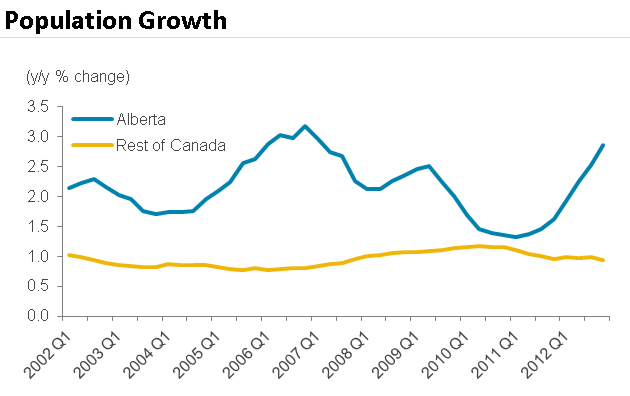The communities of Sweet Grass, Ermineskin, and Bearspaw comprise a large part of Edmonton’s south. These areas are almost exclusively residential and include large expanses of green space. They all share convenient access to the major shopping areas of Southgate Centre, South Edmonton Common, as well as proximity to the new LRT extension.
Sweet Grass borders 34 Avenue to the north, and it’s southern border partially includes Saddleback road and runs along a utility corridor, while it’s east and west boundaries run from 111 Street to 119 Street. The area was annexed to the City of Edmonton in 1964, and residential development occurred throughout the 1970’s and into the early 1980’s. The area is a blend of single-family-dwellings, row houses, and low rise apartments and the residences are a combination of owner occupied and rental properties.
Like many other communities in Edmonton’s south-west, Sweet Grass is named to honour the rich aboriginal history of the area. Chief Sweet Grass was a Cree political leader and early environmentalist who was actively outspoken about protecting bison herds common to the region.
The neighborhood’s focus is the central elementary school, bordered by parkland and recreational areas.
CLICK HERE to view properties for sale in Sweet Grass
Ermineskin falls to the south-east of Sweet Grass, it’s northern border a utility corridor just south of Saddleback road while it’s south borders 23 Avenue. It runs from 111 Street in the west to Calgary trail in the East.
Major residential construction of Ermineskin occurred in the 1970’s into the 1980’s, however some residences can be dated back to just earlier than 1960 and also later than 1990. The area is comprised mainly of rental apartments, following by apartment style condominiums. The remainder of the area is comprised of single-family dwellings, row houses, and duplexes.
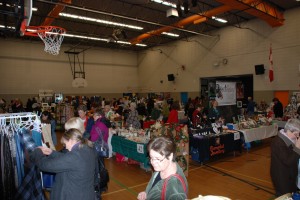
Ermineskin Craft Fair. Image Credit: Ermineskin Community League
A prominent neighborhood feature is the former Heritage Mall development site, located on the western boundary of the neighborhood which began a major overhaul in the 2000’s. The location now know as “Century Park” encompasses commercial, office, and residential sites. The location also includes a central recreation area and the newest LRT station, Century Park.
This development and addition of green space has revitalized the area’s very active community league. The Ermineskin Community League hosts year-round events, fundraiser, and ongoing programs such as Zumba classes, pancake breakfasts, rummage sales, quilting, hockey, scrap booking, and more.
CLICK HERE to view properties for sale in Ermineskin
Bearspaw lies a few communities south of Ermineskin, bordered by Blackmud Creek in the west to Calgary Trail, and from Anthony Henday Drive in the south it runs north until 18 Avenue. Bounded by these major thoroughfares, the community has convenient access to major commercial shopping in the south, as well as access the Edmonton International Airport and the University of Alberta.
Combined with it’s northern neighbor of Keheewin, the two areas comprise the Yellowbird East Community League. This community league organizes children’s athletics, as well as adult recreation, community events, and fundraisers for the two neighborhoods.
The area is conducive to outdoor recreation activity due to it’s proximity to Big Bear Park, a large hill with Blackmud Creek Ravine access to hiking, as well as a major greenbelt running along Bearspaw lake which the neighborhood centers around. Additionally, the William Lutsky Family YMCA is also located in the area, for indoor fitness and leisure access.
Bearspaw became a part of the city officially in 1974, however most development didn’t occur until the 1980’s when many of it’s single-family dwellings were constructed, though semi-detached and row houses can also be found. The area is predominantly owner-occupied, with only about a 9% rental rate.
CLICK HERE to view homes for sale in Bearspaw.


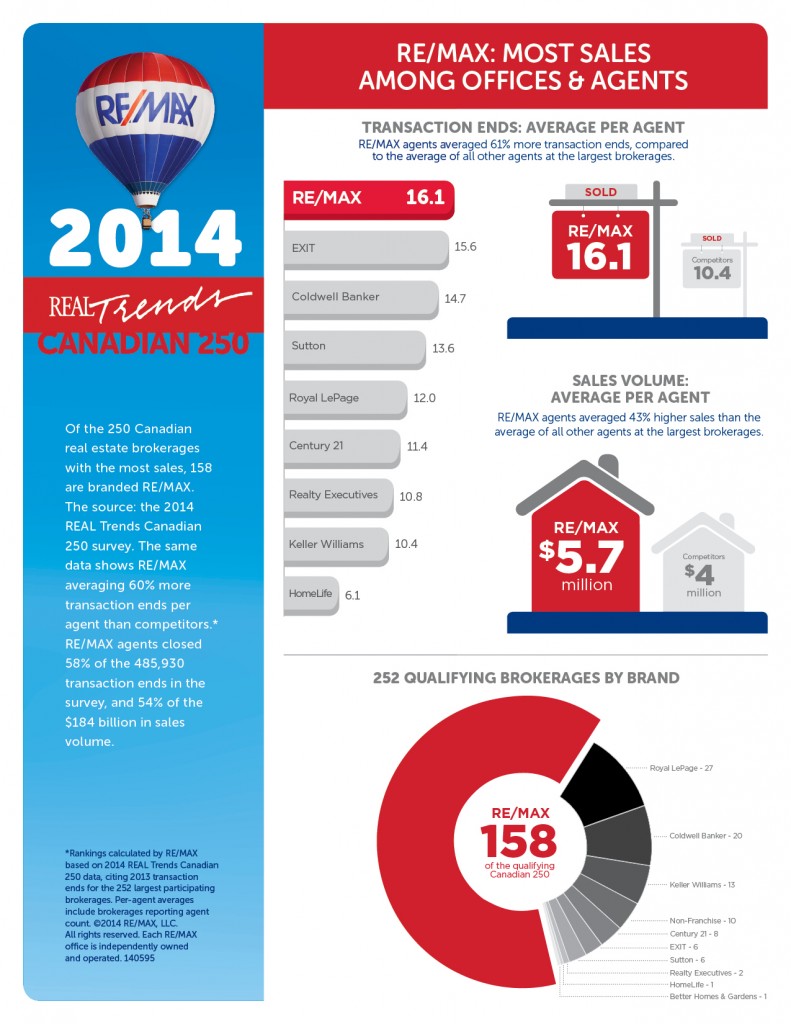
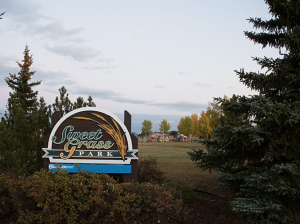

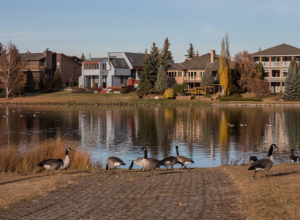
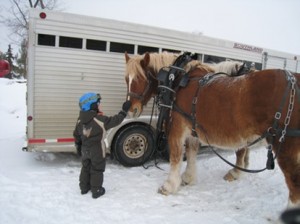
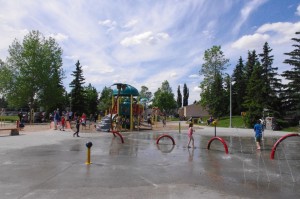
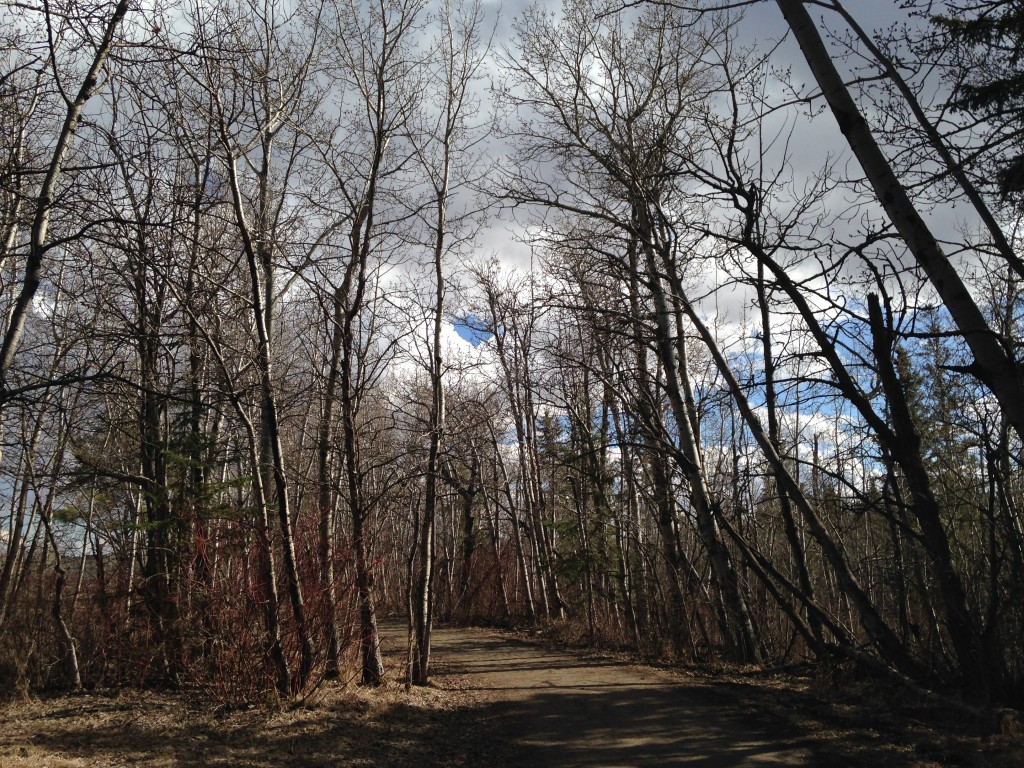 Patricia Heights Walking Trail Access
Patricia Heights Walking Trail Access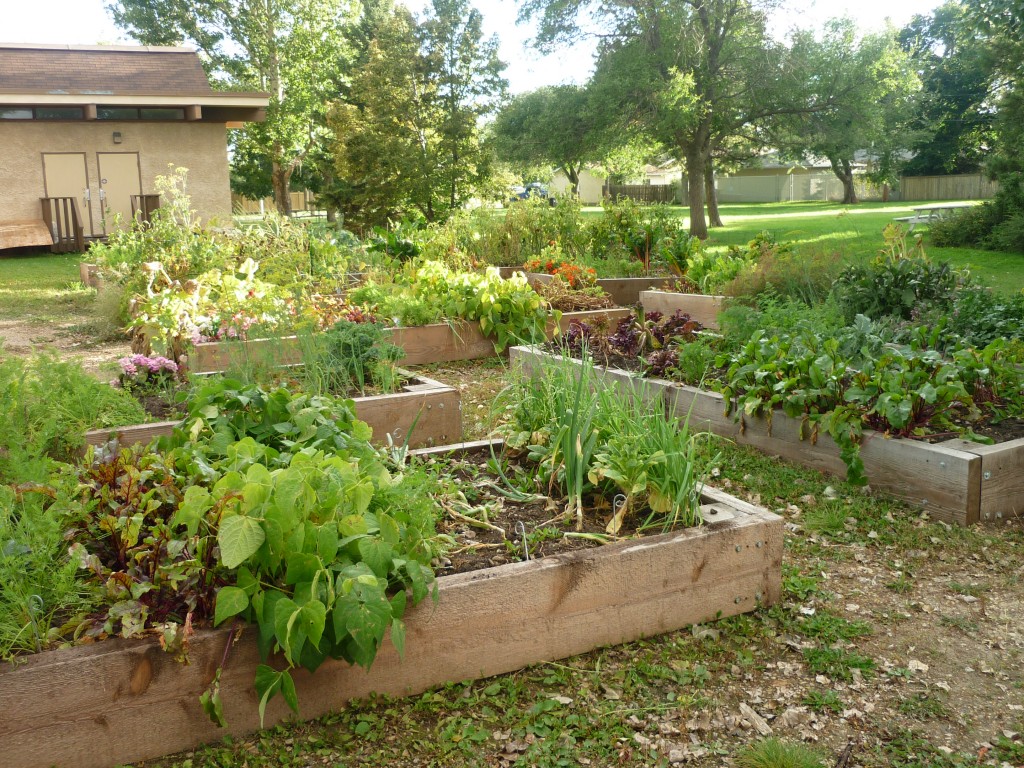 Rio Gardens sustainable food initiative.
Rio Gardens sustainable food initiative.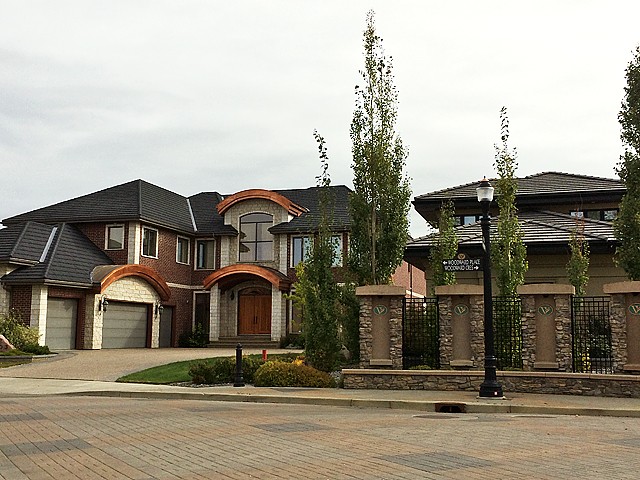 Homes in Oleskiw. Image Credit:
Homes in Oleskiw. Image Credit: 